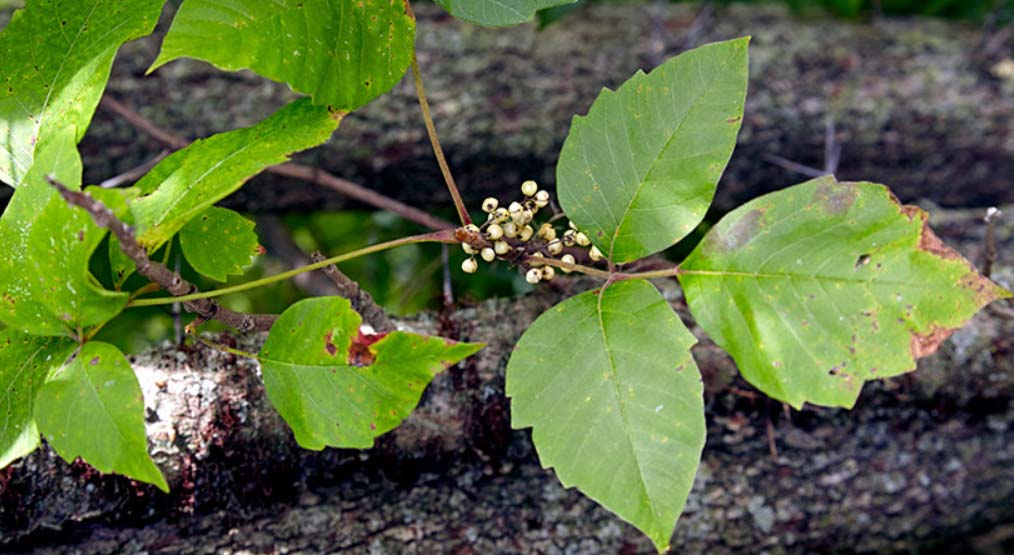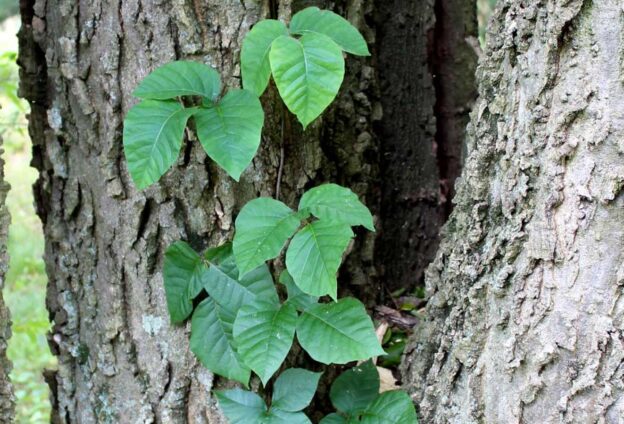Poison ivy has plagued man – and especially gardeners- since the beginning of time. In fact, most ancient tribes had a name for this plant that translated to something along the lines of “the plant that makes you hurt”.
So, what happens when it shows up in your garden? Here are a few easy ways to get rid of poison ivy without having it hurt you.
Store-bought herbicide
Using a herbicide is, by far, one of the most popular methods for killing poison ivy and, if it’s done properly, can be one of the most effective methods, too. When it comes to choosing the best poison ivy killer, you need to make sure that your chosen herbicide is safe for use in gardens.
In addition, you’ll also want to try and avoid spraying or applying herbicide (regardless of whether it’s safe or not) to plants that you don’t want to kill, just as a best practice. You have a ton of options in terms of application methods and brands of herbicide, so be sure to take the time to do your research and figure out which is best for your garden.
Boiling water
Boiling water is an old trick that can be used to kill everything from dandelions to, of course, poison ivy. While it works best when the undesirable weed is growing away from your other plants, it can still be used in populous areas as long as you’re careful and/or don’t mind sacrificing a few flowers for the greater good.
All you need to do is boil water and then pour it over the weeds you intend to kill. Over time, the weed will regrow but if you keep up with the hot water method every time it does, the growth rate will quickly slow down.

Plucking
If you’d rather not kill the plant before you dispose of it, you can come at it from a different angle – plucking. This is exactly what it sounds like and requires a few tools: thick garden gloves, garbage bags, pruning sheers, and a sharp-edged shovel.
Put on your gloves and carefully cut the stems off the poison ivy. Do not rip! Toss the discarded pieces of plants into a garbage bag and then proceed to carefully dig up to 8-inches into the dirt, removing the root system with care. Just remember to bag the roots, too.
Salt and vinegar
Another tried and true method is the combination of salt and vinegar. In a pt, combine the two ingredients and get them to a boil. Let them cool and then transfer the mixture into a spray bottle, before going outside to battle the offender.
Be careful not to spray your other plants.
